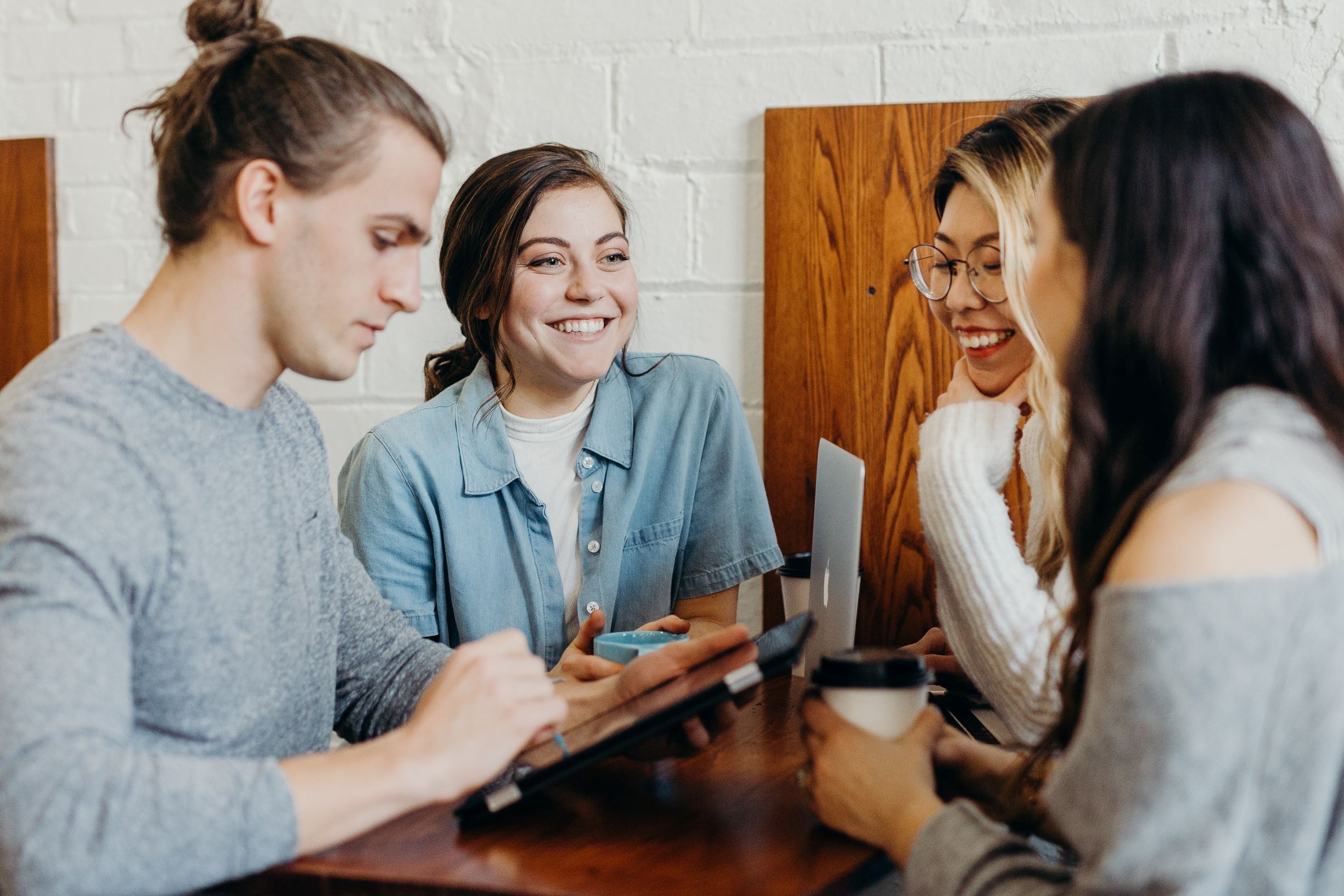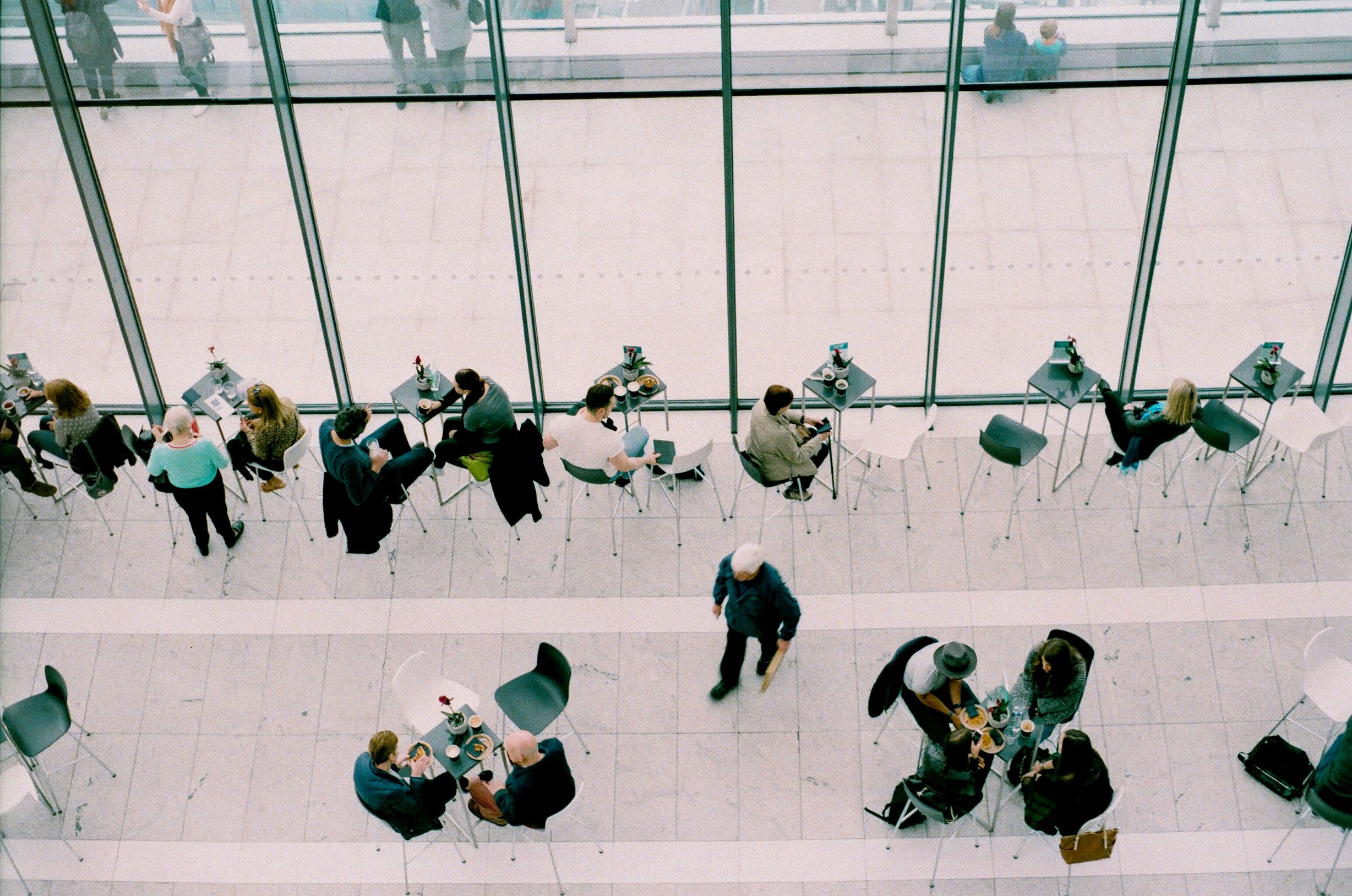We have discussed six techniques that can bring people together to make decisions. Check out the techniques – public hearings, public meetings and online forums (1); events, deliberation and focus groups (2). Here we summarize more techniques.
7 Citizen juries
Citizen juries are small groups of randomly selected citizens gather together to learn about an issue and make recommendations or decisions through a deliberative process. Citizen juries bring deliberation and public participation together in policy development and decision-making. In addition, citizen juries ensure that the random sample of the community is sufficient and representative of the broad public and effective deliberation takes place within the small groups.
Strength
This technique provides great opportunities to introduce new perspectives and develop a deep understanding of an issue. The participants can represent the public. It also creates consensus among the participants and promotes communication between public authorities and citizens.
Weakness
Citizen juries have no binding accountability and no legal standings. As the size of participants is small, it is exclusive and limited to a few individuals. The technique requires intensive resources and time commitment for both participants and organizers.

8 Study circles
Study circles are the engagement processes for small groups to meet and discuss issues in their communities. This technique can be widely used in different settings for diverse purposes. Study circles also incorporate the views and concerns from different backgrounds of community members and promote social networks among the community. The common ground is realized during the deliberative process. The participants meet regularly in scheduled time.
Strength
Study circles allow a larger number of people to participate in different places and time. Individuals from diverse backgrounds have opportunities to create social networks and meet face-to-face with other community members. Moreover, the technique encourages brainstorming for actions or solutions.
Weakness
Study circles require a neutral facilitator for each group. The skilled facilitator is critical to the success of the project and has a deep impact on the programme. The diversity of the participants may become one factor that hinders participants from reaching consensus.

9 World Cafés
World Cafés are the meeting processes that multiple conversations take place to discuss the issues in depth and reveal the living pattern of our collective future. The size of World Cafés varies from several participants to thousands. During the process, participants change tables and connect with others to create a shared understanding and goals.
Strength
World Cafés give participants a stronger feeling of connection with the entire group through the table changes. It allows the absence of the group facilitator. Clear and meaningful questions are helpful for participants to learn from others’ views and explore solutions. What’s more, different hosts of World Cafés can have different purposes and design differently.
Weakness
The room set-up is critical. The room should fit the conversations instead of following the standard formal meeting styles. Some participants may not willing to move from table to table and some may find the entire process tedious and boring in larger groups.
